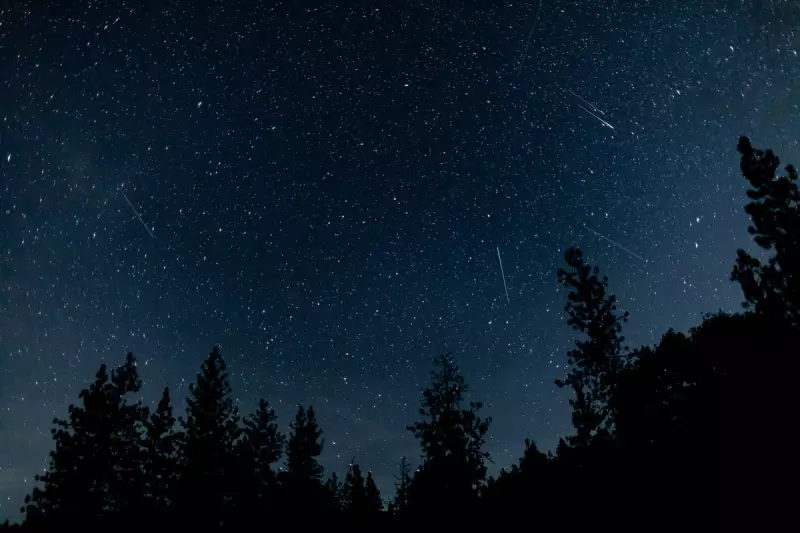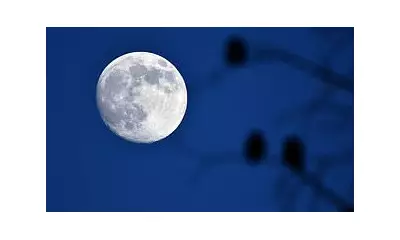
The heavens are preparing to put on a breathtaking show this weekend as the annual Orionid meteor shower reaches its dazzling peak. Stargazers across the United Kingdom are in for a celestial treat, with optimal viewing conditions expected during the early hours of Sunday morning.
What Makes the Orionids Special?
These celestial fireworks are actually cosmic debris from history's most famous comet - Halley's Comet. As our planet journeys through the comet's dusty trail, these particles burn up in our atmosphere, creating the spectacular streaks of light we know as shooting stars.
'The Orionids are known for their brightness and speed,' explains Dr. Sarah Wilkinson, an astronomer at the Royal Observatory Greenwich. 'They travel at approximately 66 kilometres per second, which means they can leave glowing trails that linger for several seconds.'
When and Where to Watch
The meteor shower will be visible from Friday through Monday, but the absolute peak occurs overnight from Saturday into Sunday. For the best viewing experience:
- Look toward the southeast after midnight
- Find the constellation Orion (the shower's radiant point)
- Allow your eyes 20-30 minutes to adjust to the darkness
- Expect to see 15-20 meteors per hour under ideal conditions
Optimal Viewing Conditions
This year's viewing prospects are particularly promising as the Moon will be in its waxing crescent phase, meaning minimal lunar interference with the darker skies. Weather permitting, rural areas with limited light pollution will offer the most spectacular shows.
'You don't need any special equipment to enjoy meteor showers,' assures Dr. Wilkinson. 'Just find a comfortable spot away from city lights, dress warmly, and be patient. Nature's fireworks display is well worth the wait.'
A Connection to Cosmic History
The Orionids offer a unique connection to one of astronomy's most significant celestial bodies. Halley's Comet, which last visited our inner solar system in 1986, won't return until 2061. However, each Orionid meteor shower gives us a fleeting glimpse of its enduring legacy.
This annual event serves as a reminder of the dynamic nature of our solar system and provides an accessible astronomical spectacle for both seasoned astronomers and casual sky-watchers alike.





